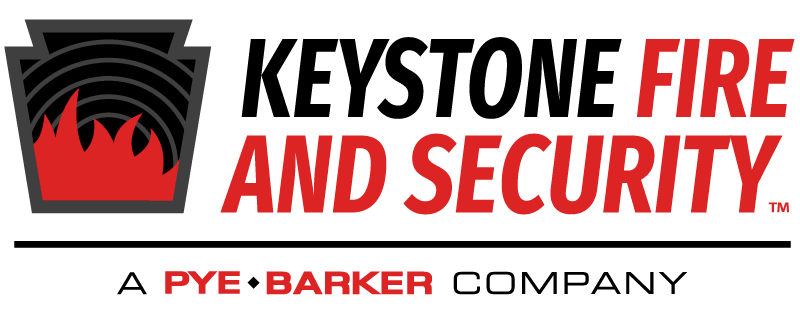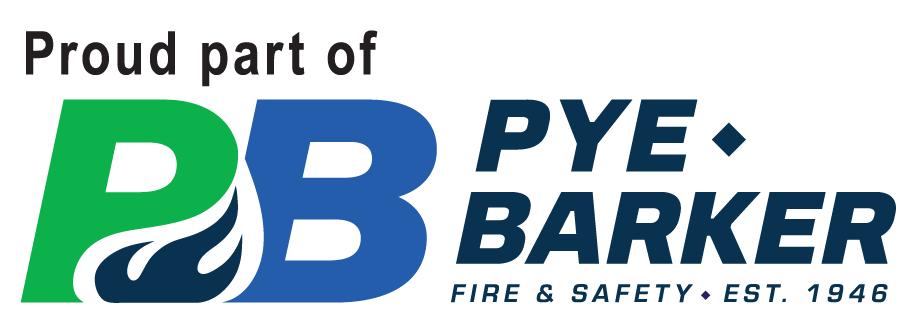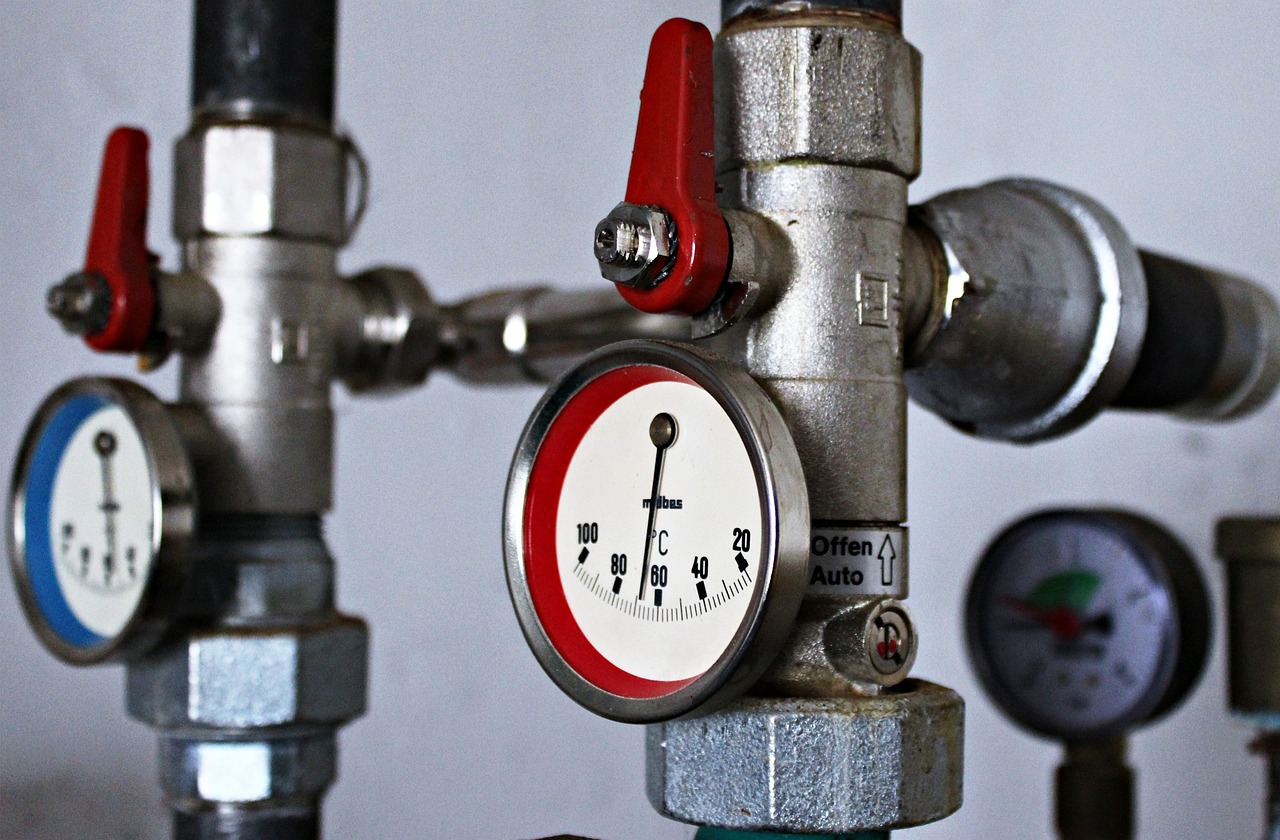Fire suppression systems are essential for protecting your valuable assets and ensuring the safety of you, your employees, and the public. However, not all fire suppression systems are created equal, and using the wrong fire suppression system can be just as harmful as the actual fire. Common types of fire suppression systems include Carbon Dioxide, Wet Chemical, and Dry Chemical. These methods are effective and necessary in specific circumstances. For example, if you are looking to protect sensitive equipment, or reduce your environmental impact, a clean agent fire suppression system may be the right choice. Whether it be a data center, server room, museum, manufacturing control room, or telecommunication center, a clean agent fire suppression system can protect valuable assets while reducing clean up and downtime. Most importantly, clean agents for fire suppression systems are safer for people, equipment and the environment. For more information on clean agent fire suppression systems or about what a fire suppression system installation includes, please visit Keystone Fire Protection Co. or contact Keystone directly.
What is a clean agent for fire suppression systems?
Fire is the physical manifestation of a chemical reaction called combustion. The chemical reaction combustion happens when oxygen form the environment and a fuel source combine to release heat. Therefore, in order for a fire to occur, there needs to be oxygen, a fuel source, and heat. Fire suppression systems rely on chemicals or naturally occurring gases to both extinguish fires and prevent flames from re-igniting by eliminating the oxygen source, reducing heat, or interfering with the combustion chemical reaction. A clean agent in a fire suppression system refers to the gas or chemical used to disable fires. Clean agents for fire suppression systems are different from traditional CO2, wet chemical, or dry chemical reagents because they are non-corrosive, non-conductive, non-volatile, odorless, colorless, and leave no residue. They are safe to be used on electronics, have low environmental impacts, and are not harmful when inhaled by humans. You may think that other fire suppression systems like those using water mist agents are not harmful, but even water mist agents contain chemical additives. Some of these additives are corrosive, flammable, and may cause harm to drinking water and aquatic life.
What types of clean agents are used in fire suppression systems?
FM-200®: FM-200 is a hydrofluorocarbon (HFC) with the chemical formula CF3-CHF-CF3. It was one of the first clean alternatives to traditional fire suppression reagents and is one of the most popular reagents used today. It can be used on Class A, B, and C fires in 10 seconds or less. FM-200 is safe to be used around people and sensitive equipment because it is non-conductive, odorless, and leaves no residue.
NOVEC 1230®: NOVEC 1230 is an HFC alternative in the halocarbon family of chemicals. It has an ozone depletion potential of 0, has the shortest atmospheric lifetime of clean fire suppression reagents, and has a Global Warming Potential of less than 1. Like Fm-200, NOVEC 1230 releases in 10 seconds or less and can be used on Class A, B, or C fires. Unlike FM-200, it is stored as a liquid and quickly evaporates into gas after discharge. It works in fire suppression systems by absorbing heat.
FE-13®: FE- 13 (CHF3), or trifluoromethane, is another clean agent for fire suppression systems. It has an ozone depletion potential of 0, has a short atmospheric lifetime, and is safe for human exposure due to its chemical and biological inactivity. This clean agent fire suppression system works by disrupting a fire’s physiochemical thermal transfer. Essentially, it raises the heat capacity of the environment so that chemical combustion cannot take place. FE-13 is a high-pressured clean agent so it should be used and stored in environments with high ceilings and lower temperatures.
Argonite™: Argonite is an inert gas fire suppression system that uses 50% argon and 50% nitrogen. This simple blend of naturally occurring gasses has 0 environmental impact and is safe for human exposure. It has 0 ozone depletion potential and 0 global warming potential. It works by reducing the oxygen levels in the environment to around 11-13%. This is low enough to stop combustion, but high enough to allow humans to breath safely. There is no cleanup and is appropriate to be used with electronics and sensitive equipment or in confined spaces.
Inergen: Is a mix of inert gasses, containing 52% nitrogen, 40% argon, and 8% carbon dioxide. It extinguishes Class A, B, and C fires the same way as Argonite by lowering the level of oxygen in the environment (to 12.5%) so that combustion cannot take place. Just like Argonite, Inergen has 0 ozone depletion potential, 0 global warming potential, and 0 environmental impact. It is safe for human exposure. It is non-conductive and involves no cleanup so it is ideal as a clean agent fire suppression system for sensitive equipment or electronics.
What are the benefits of installing clean agent fire suppression systems?
Environmentally Friendly: Reagents in fire suppression systems used to contain CFCs which are proven to deplete ozone in the atmosphere and contribute to global warming. Clean agents are CFC free and therefore are safe for the world’s ozone layer. Additionally, clean agents have low environmental impacts due to low emissions and low Global Warming Potential ratings.
Safe for Electronics: Clean agents are non-conductive, non-corrosive, and non-volatile. This means invaluable assets can be protected without the potential of harming electronics. Clean agent fire suppression systems are the ideal choice when sensitive equipment needs to be protected.
Safe for humans: Clean agents are safe to be inhaled by humans. You should consider a clean agent fire suppression system if employees have the potential to come in contact with a fire suppression system reagent.
Fast and effective: Clean agent fire suppression systems work rapidly, within 10 seconds, to extinguish fires in the beginning stages. Clean agents eliminate fires by reducing oxygen, heat, and/or disabling fire’s chemical reaction.
Easy Cleanup: Clean agent fire suppression systems evaporate quickly and leave no residue. This reduces downtime for you by making cleanup easy and inexpensive.


